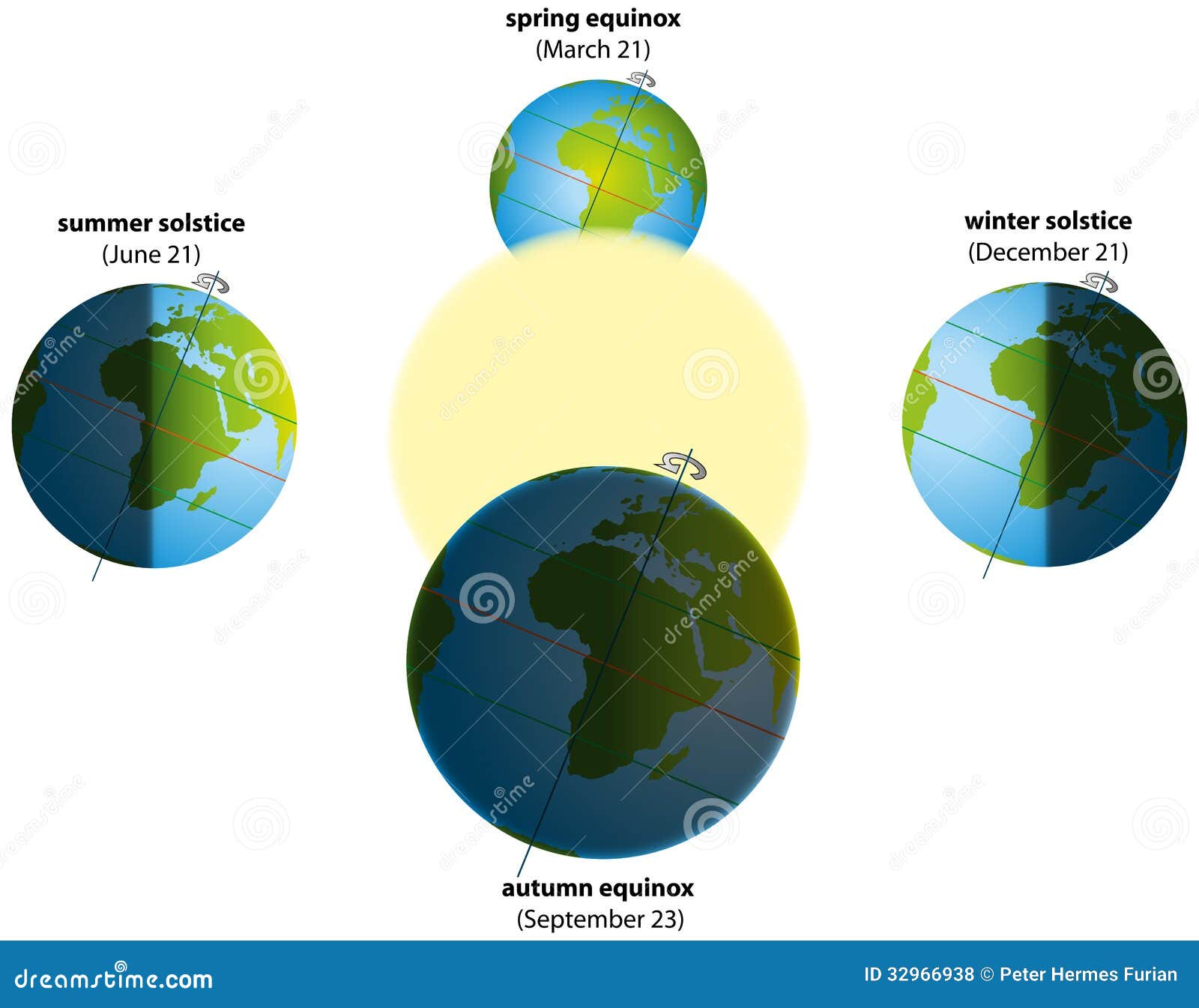

That’s why seasons in the Northern Hemisphere occur at opposite times from those in the Southern Hemisphere. * Because of this, the part of Earth that receives the most direct Sun rays changes as the Earth travels along its elliptical orbit around the Sun. Earth’s tilted axis “ always” points in the same direction. When the Sun’s rays travel towards Earth, they hit both the Northern and the Southern Hemispheres. 1 Earth's 23-degree tilt helps create seasons with enough balance that life can easily survive.Įarth’s rotation and revolution around the Sun There would be a profound negative impact on the environment, vegetation, animal life, and disease-carrying insect populations would soar.

Humans wouldn’t survive the endless winter of the high latitudes the few humans alive would have to huddle together in the planet's equator. If Earth hadn’t been knocked slightly off-kilter, life on Earth would be grim. Let’s take a moment to thank the gravitational pull of our Moon for its role in keeping the Earth’s tilted axis stable! For such a little fella (a little over a ¼ the size of Earth), the Moon pulls a lot of weight! But one thing is sure without that fortuitous tilt, there would be no seasons as we know them today. The most common theory about how Earth got its tilt is that it collided with another prototype planet (called the Theia Impact). This tilt causes the Sun’s light to shine differently on Earth at different times of the year. Speaking scientifically, that’s called the Earth’s obliquity. The Earth is tilted at a 23.5-degree angle relative to the Earth’s orbital plane around the Sun. The first angle (23.5 degrees to be exact) to investigate is the Earth’s tilt. If you encourage your class to look at it from all angles, they’ll discover more revealing details about the science behind the changing of the seasons throughout the year.
SOLSTICE AND EQUINOX WEB QUESTS FOR ELEMENTARY FULL
Students learn early that each full spin, or rotation of the Earth, represents one full day and each lap around the Sun is one year. When anyone tries to tell them it’s colder in the winter or hotter in the summer because the Earth’s farther from or closer to the Sun, they can respond, “Hey, that’s just a myth, buster!” But your lessons can deepen their knowledge by unraveling how Earth’s position in its orbit and the tilt of its axis cause the seasons, affect temperature, and the amount of daylight each hemisphere gets. Students may be aware that the Earth spins and revolves around the Sun. You can spin the Earth’s trek around the Sun into fascinating lessons about the solstice and the science of the seasons. As the seasons change, the curious minds in your class may wonder why the number of daylight and nighttime hours also changes.


 0 kommentar(er)
0 kommentar(er)
